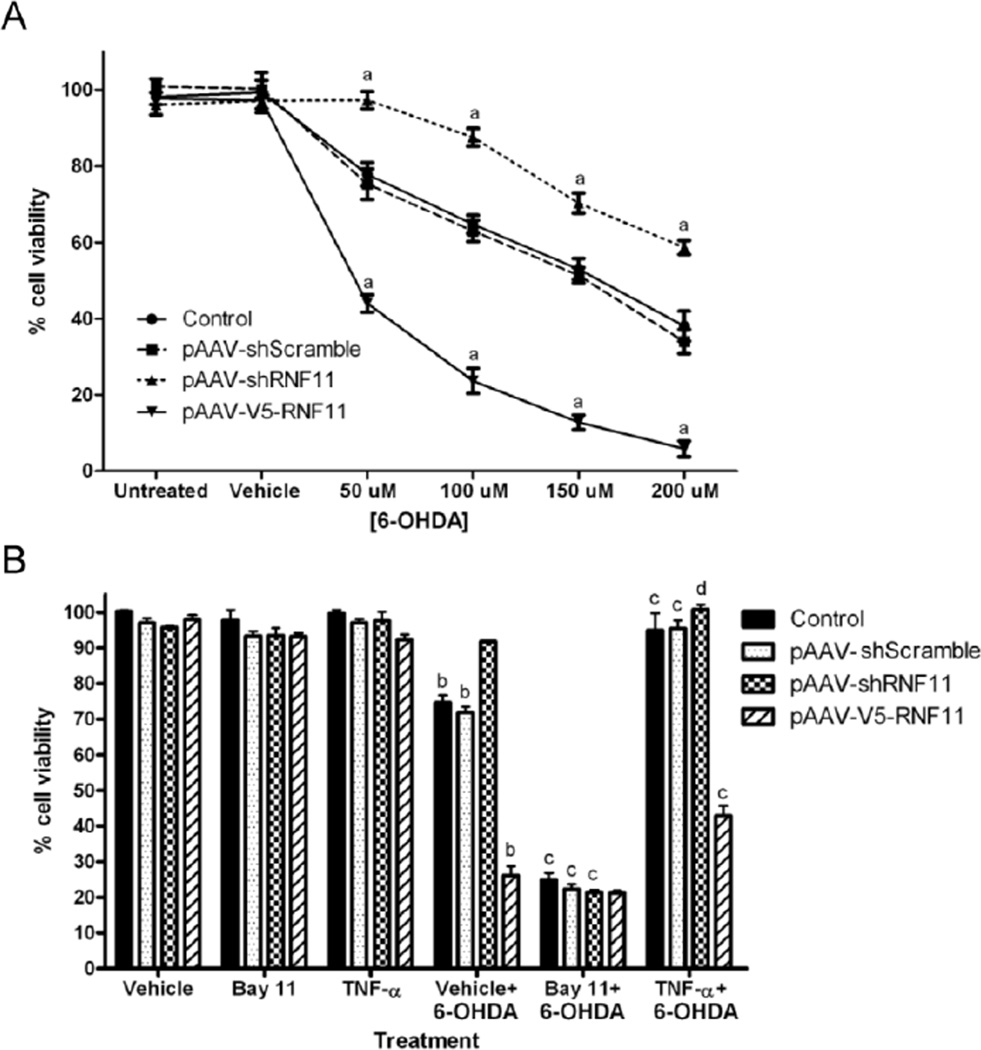Figure 1. In vitro knockdown of RNF11 in dopaminergic cells imparts neuroprotection against 6-OHDA-induced toxicity.
A. PC12 cells were transfected with empty pAAV vector (control), shScramble, shRNF11, or V5-RNF11 pAAV constructs and exposed to media (untreated), saline (vehicle), or 50–200 µM 6-OHDA for 18 hours before measuring cell viability. B. PC12 cells were transfected with empty pAAV vector (control), shScramble, shRNF11, or V5-RNF11 pAAV constructs and exposed to saline (vehicle), 20 µM Bay11-7085, or 10 ng/ml TNF-α for 1 hour followed by saline or 100 µM 6-OHDA for 18 hours before measuring cell viability. Values expressed are mean percentage of viable cells using untreated control cells as the standard. Results were analyzed by two-way ANOVA with Bonferroni post-tests. a, P < 0.001 compared to control cells at the same dosage of 6-OHDA, b, P < 0.001 compared to vehicle treated cells with the same transfected plasmid, c, P < 0.001 compared to vehicle and 6-OHDA treated cells with the same transfected plasmid, d, P < 0.01 compared to vehicle and 6-OHDA treated cells with the same transfected plasmid.

